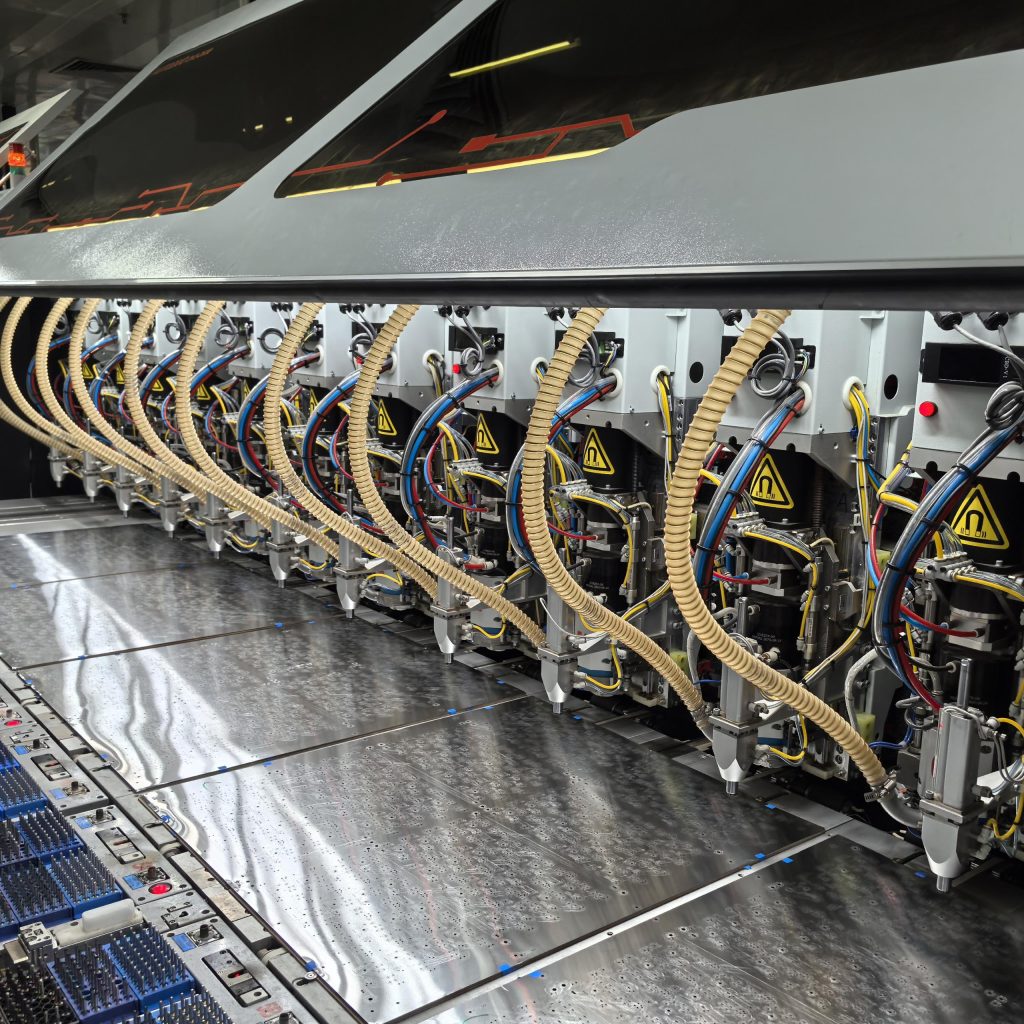PCB circuit board China are the essential nervous system of virtually all modern electronic devices,from smartphones to medical equipment. Their reliability is paramount. However, the journey from design to a functional board is complex and fraught with potential pitfalls. Even minor errors can lead to catastrophic failures, resulting in costly recalls, repairs, and damage to brand reputation. Understanding the root causes of these defects is the first step toward prevention. These reasons can be broadly categorized into issues arising from design, the manufacturing process, and the quality of materials and components used.
Design and Layout Flaws of PCB circuit board China
Many PCB circuit board China failures originate not on the production floor but during the design phase. Poor layout choices are a primary culprit. Inadequate spacing between traces can lead to crosstalk, where signals interfere with each other, or to short circuits. Similarly, incorrect trace width for the current load can cause overheating and eventual breakage. Another critical design error is improper grounding, which can lead to signal noise and unstable performance. Furthermore, failing to account for thermal management—such as insufficient heat dissipation for powerful components—results in stress that degrades the board over time.
Manufacturing Process Error
The complex manufacturing process is a common source of defects. Etching problems, where excess copper is not properly removed, can create short circuits. Conversely, over-etching can weaken or break traces. Lamination issues are another frequent problem; if the layers of a multi-layer board are not bonded correctly with the right heat and pressure, delamination can occur, leading to catastrophic failure. Soldering defects are also prevalent. These include cold solder joints (dull and brittle connections), solder bridges (unintended connections between pins), and insufficient solder, all of which can create open or short circuits.
Component and Material Failure
The quality of the raw materials used in a PCB directly impacts its reliability and lifespan. Using substandard laminate substrate or poor-quality copper cladding can lead to a host of issues. For instance, cheap substrate may absorb moisture, leading to swelling and conductive filament formation (CAF) between traces. It may also have a low Glass Transition Temperature (Tg), causing the board to deform under operational heat. Component failure itself is a major defect driver. Using components that are out of specification, damaged from electrostatic discharge (ESD), or simply counterfeit can cause the entire assembly to malfunction, even if the board itself is perfectly manufactured.
In conclusion, preventing PCB defects requires a vigilant, holistic approach. It involves meticulous design review, strict control over the manufacturing process, and sourcing components and materials from reputable suppliers. By addressing these three key areas, the electronics industry can significantly improve product quality and reliability.
